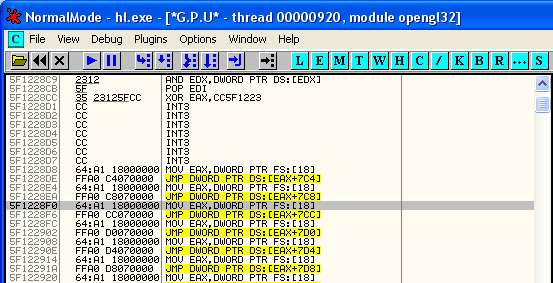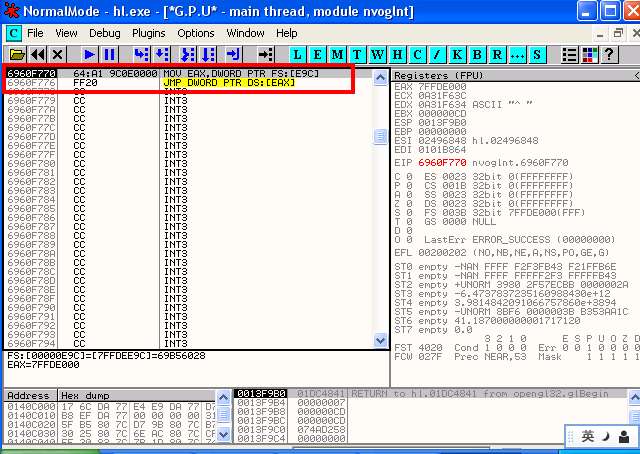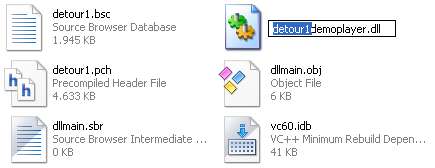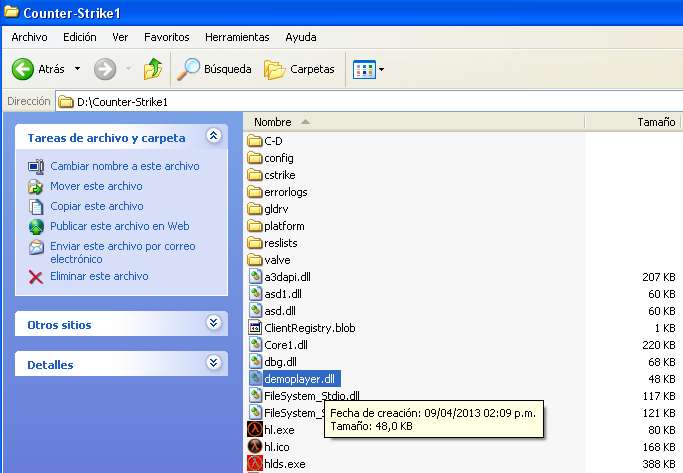Si eso estaba en el código original de SharkBoy999, no lo quité pero eso no funciona así, es decir vos comprobás si GetAsyncKeyState es diferente de 0, ya que la especificación de la MSDN dice que si el bit más significativo es 1 es que la llave está presionada, y dice que no se tome en cuenta otros comportamientos, por lo tanto no hace falta usar máscara de bits, sólamente comprobando que no sea 0 es suficiente.
http://msdn.microsoft.com/en-us/library/windows/desktop/ms646293(v=vs.85).aspx
EDIT: XD aparte la función 'toggle' es cualquier cosa , es decir no le des bola al resto del código porque pertenece a la base de SharkBoy999, es un man que hizo un par de hacks en el pasado y siempre que publicaba códigos lo hacía poniendo errores para que no los compile cualquiera o para que no funcionen. Lo mismo hacían muchos otros.
Es decir, concentráte en el método del HOOK
Saludos
http://msdn.microsoft.com/en-us/library/windows/desktop/ms646293(v=vs.85).aspx
EDIT: XD aparte la función 'toggle' es cualquier cosa , es decir no le des bola al resto del código porque pertenece a la base de SharkBoy999, es un man que hizo un par de hacks en el pasado y siempre que publicaba códigos lo hacía poniendo errores para que no los compile cualquiera o para que no funcionen. Lo mismo hacían muchos otros.
Es decir, concentráte en el método del HOOK
Saludos





